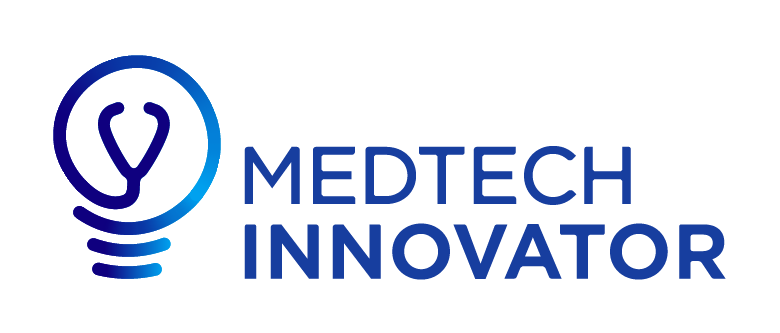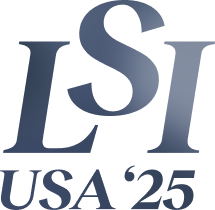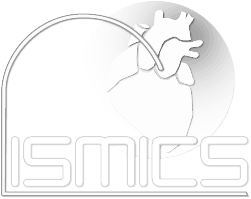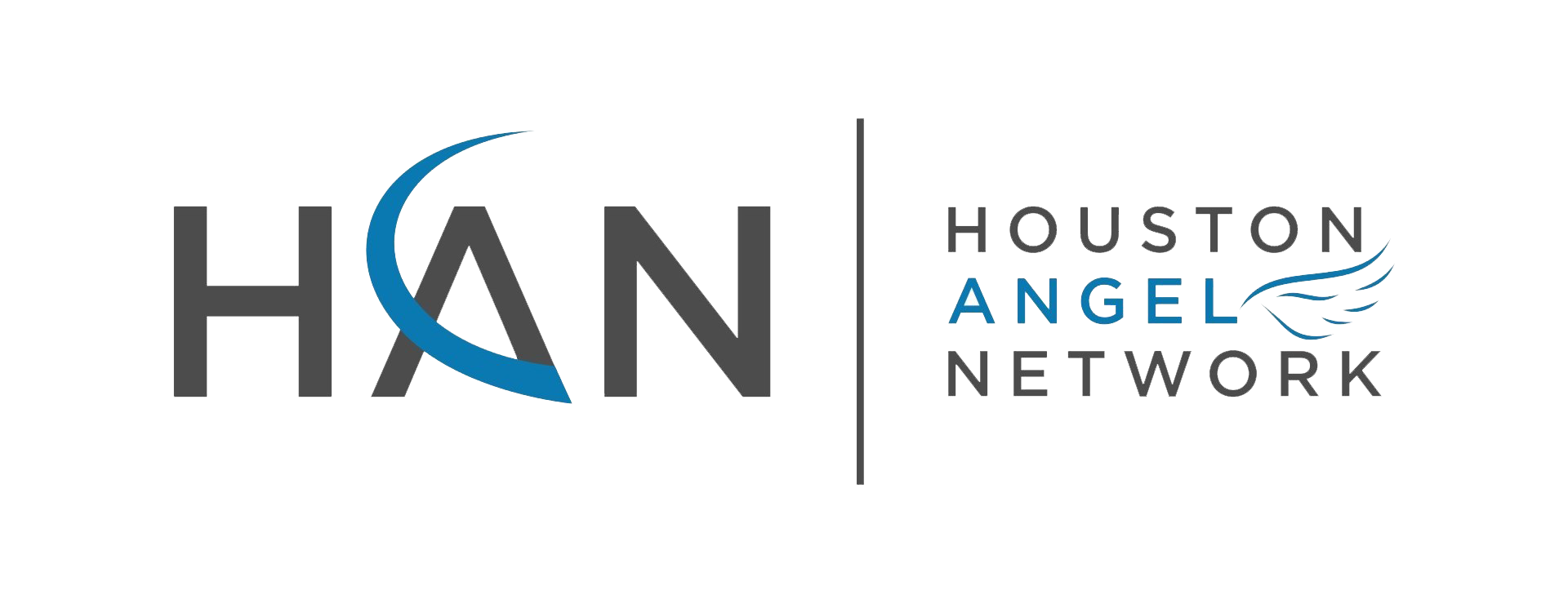



Patients need earlier, less invasive options for the management of their disease.
Surgery is too often the only way to obtain enough tissue to make an accurate diagnosis and drive early intervention. Too little tissue (needle biopsy) sometimes prevents an adequate diagnosis to include genetic and molecular analysis, or too much (surgical resection) sacrifices healthy tissue.























